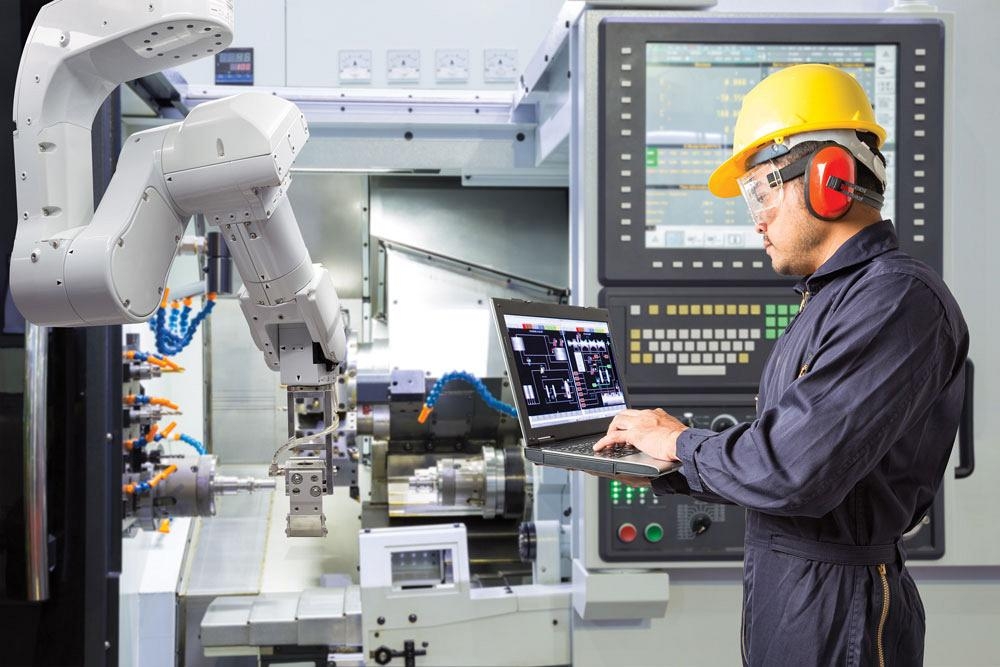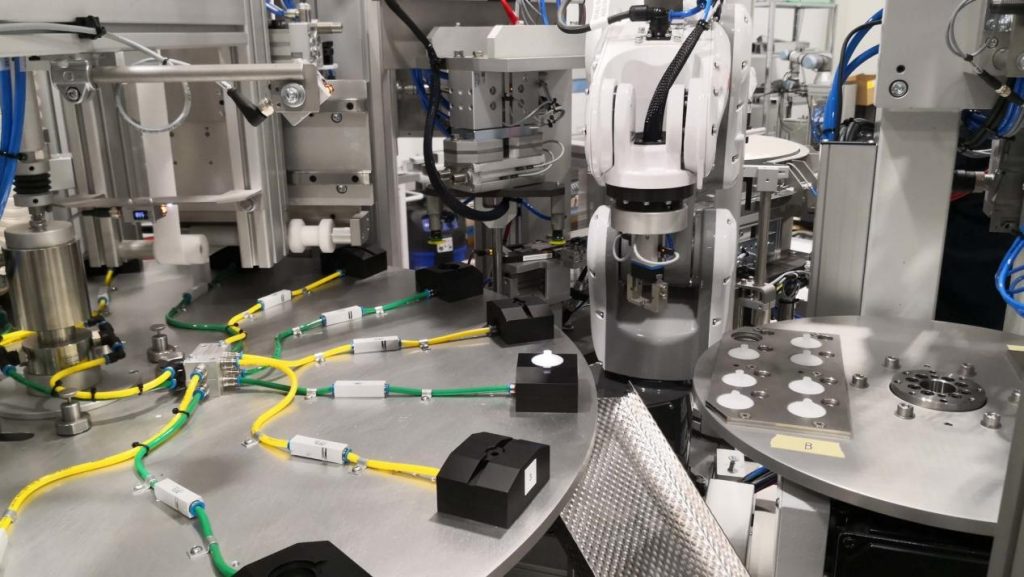Blog
We regularly update articles related to the prototyping and manufacturing industry. You’re welcome to check our previous blogs and subscribe to our newsletter.
Automated Machining: The Next Frontier in Advanced Manufacturing
Automated machining represents a paradigm shift in the manufacturing world, epitomizing the fusion of technology with traditional craftsmanship. At its core, it harnesses sophisticated machinery programmed to perform tasks autonomously, diminishing human intervention while elevating precision and efficiency. The journey from manual to automated methods has been transformative.

Traditional machining, while skilled and artful, was often labor-intensive and prone to inconsistencies. As industries sought swifter production rates and heightened accuracy, the transition to automated systems became inevitable. Today, automated machining stands as a testament to technological progression, offering unparalleled benefits that continue to redefine the boundaries of manufacturing.
The Mechanics of Automated Machining
Automated Machining: At its essence, automated machining is the use of computer-controlled systems to autonomously perform a series of machining operations. Diminishing manual intervention ensures consistent, high-quality outputs with minimal errors.
Fundamental Components
- Control System: The brain of the operation, this system houses the software and interface used to program and manage machine tasks.
- Drive Mechanisms: These components convert electronic signals from the control system into mechanical movement, directing the machine’s operations.
- Feedback Systems: Essential for precision, these systems provide real-time data back to the control system, ensuring the machine operates within set parameters.
- Tooling & Workholding: Automated machines utilize advanced tool changers and work-holding devices to swiftly switch between operations without manual intervention.
Types of Automated Machines & Their Functions
- CNC (Computer Numerical Control) Machines: Perhaps the most renowned, CNC machines follow digital instructions to execute tasks ranging from drilling and milling to turning. They’re prized for their precision and versatility.
- Robotic Arms: Often used in assembly lines, these arms can perform tasks like welding, material handling, and even some forms of machining.
- Automatic Lathes: These machines are tailored for parts that require rotational operations. They can produce components at high speeds, ideal for mass production.
- PLC (Programmable Logic Controllers) Machines: Widely used in industries, PLCs automate specific tasks, such as sorting or inspecting products, ensuring consistency and speed.
Key Advantages of Automated Machining
Enhanced Precision and Repeatability
Automated machining systems operate based on detailed digital instructions, ensuring every part produced adheres to exact specifications. This precision is consistent, offering unparalleled repeatability across multiple production runs. Whether crafting a single item or thousands, the output remains consistently accurate.
Time Efficiency and Rapid Production Cycles
One of the hallmarks of automated machining is its ability to operate continuously without the need for breaks, dramatically reducing production time. Machines can work overnight and over weekends, ensuring projects are completed faster. Additionally, multitasking capabilities mean that several operations can be performed simultaneously, further accelerating production cycles.

Reduction in Human Error and Increased Safety
Machines, when correctly programmed, lack the variability inherent in human operators. This results in fewer mistakes and consistent product quality. Moreover, by automating tasks that were once manually executed, especially the more hazardous ones, the workplace becomes inherently safer. Workers are now more involved in oversight and management, reducing direct exposure to potential accidents.
Cost Savings in the Long Run
While the initial investment in automated machinery can be substantial, the long-term benefits lead to considerable cost savings. Reduced waste from errors, decreased labor costs, and faster production times all contribute to a return on investment that becomes evident over time. Additionally, consistent quality reduces the cost associated with reworks or recalls.
Applications of Automated Machining Across Industries
Aerospace
In an industry where precision is non-negotiable and even minor discrepancies can have grave consequences, automated machining is indispensable. Critical components like turbine blades, engine parts, and structural elements are crafted using automation to ensure they meet stringent accuracy and tolerance requirements. These high-precision components are vital for flight safety and performance optimization.
Automotive
The automotive sector thrives on mass production, and automated machining plays a pivotal role. From engine blocks and transmission parts to intricate dashboard components, automation ensures consistent quality at high volumes. It allows manufacturers to meet the ever-growing demand for vehicles while maintaining strict quality standards.
Medical
The healthcare sector relies on tools and devices tailored to specific needs. Automated machining comes to the fore in creating bespoke implants, surgical instruments, and diagnostic devices. The precision offered by automation is especially crucial when crafting components for sensitive applications like joint replacements or pacemakers, where patient well-being hinges on impeccable craftsmanship.
Consumer Electronics
As devices become smaller and more intricate, the demand for minute, precision-made parts rises. Whether it’s the circuitry of a smartphone, the lens mechanism in a camera, or the tiny gears in a smartwatch, automated machining ensures these complex designs are realized with unmatched accuracy.
Across the board, from the vast expanse of aerospace to the minute intricacies of electronics, automated machining demonstrates its prowess. Its ability to cater to diverse needs while upholding rigorous standards makes it a linchpin in modern manufacturing.
The Future of Automated Machining:
AI and Machine Learning Integration
The union of automated machining with AI promises a new epoch of manufacturing. Predictive maintenance, powered by AI, can foresee machine downtimes and schedule servicing, maximizing productivity. Machine learning algorithms can optimize machining processes in real time, adapting to ensure the best outcomes.
Convergence with 3D Printing
The fusion of automated machining with additive manufacturing (3D printing) foretells a holistic production approach. Imagine a workflow where a component is 3D printed and then finely machined for precision—all within a singular, seamless system.
Sustainability in Focus
The future shines green for automated machining. Emphasis will shift towards energy-efficient machines, waste reduction, and the utilization of recycled or eco-friendly materials. As industries globally are pushed towards sustainable practices, automated machining will evolve to be both a driver and a reflection of these green initiatives.
CONCLUSION
Automated machining stands at the crossroads of tradition and innovation, melding the time-honored principles of craftsmanship with the advancements of modern technology. Its transformative impact, felt across diverse industries, has reshaped manufacturing paradigms, prioritizing precision, efficiency, and adaptability. As it converges with emerging technologies like AI and 3D printing, its potential only amplifies. Simultaneously, the pressing call for sustainability underscores its evolution, ensuring that while we craft the future, we also safeguard our planet. In essence, automated machining is not just a process—it’s a vision, one that embodies the future of manufacturing.





